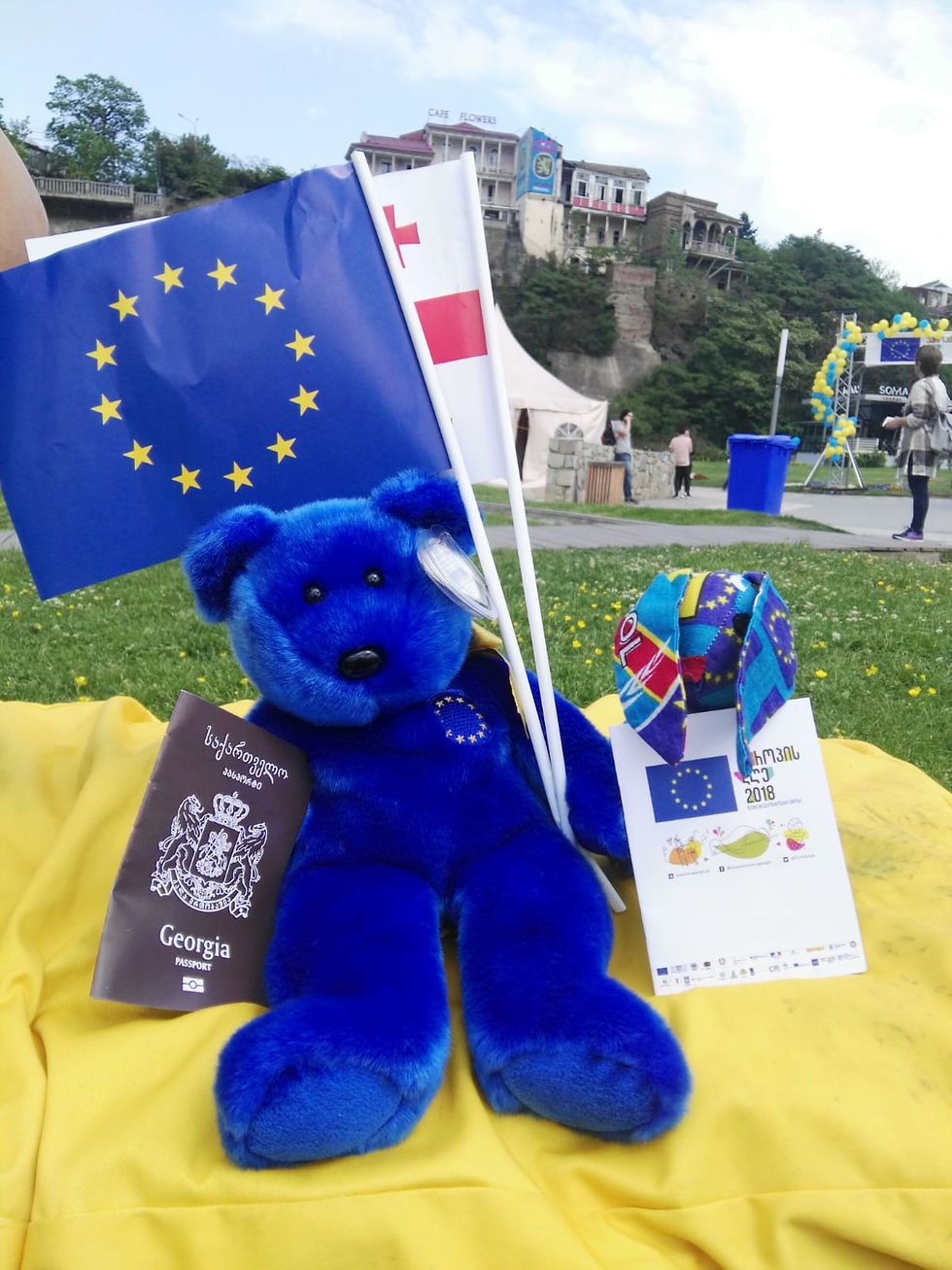
Deep-lomacy #11
What Europe Day can tell us about power relations between the EU and Its partners
What Europe Day can tell us about power relations between the EU and Its partners \ Tal Hasdai-Rippa, PhD candidate at the Department of Politics and Governance at Ben-Gurion University of the Negev and a senior researcher at the Arlozotov Forum for Economic and Social policy
What are the first words that come to mind when you hear the phrase “National Day”? A big party? Spending time with friends and family? A military parade? Does this day provoke A sense of pride and belonging, or rather distancing and criticism? In their seminal work, David McCrone and Gayle McPherson stated that “national days are commemorative devices in time and place for reinforcing national identity. In other words, national days are here to remind us who we are. Wherever you are in the world, whether it’s a small island off the shores of India or a busty metropolitan in one of the global superpowers, you are all (or at least, most of you) celebrating, in one way or another, your national affiliation. In a more general sense, every political entity is trying to manifest its values and sense of community. The most traditional ways of this manifestation take the form of national symbols.
There are four main national symbols in any expression of nationhood by a political actor; flag, anthem, national day and currency. As national symbols are used to build national identity inside political boarders, sometimes those symbols can be exported in order to promote national interest. For example, Currency substitution is a phenomenon in which a country uses foreign currency in parallel to or instead of the domestic currency (Panama uses the USD as an official currency since 1904). Thus, research on the effect of the exportation of currency and flag outside its original borders has around for some time. On the other hand, research on the exportation of national days is hardly present in today’s IR studies, and rightfully so. The thought that a country will adopt a national day from another country seems counterintuitive.
Since the late 1960s’, the EU (then The European Communities) has pushed for a day to showcase the strong European identity among its members. In 1985 the EC has announced May 9th (the day marking the Schuman declaration) as ‘Europe Day’. Initially, Europe Day was planned to be carried out in schools in order to create awareness among young students regarding “the past achievements and the future potential of Europe”. In 2004, Europe Day was officially announced as part of the EU’s symbols, along with singe the EURO, the flag and the anthem.
As you may now suspect, my research deals with the exportation of Europe Day celebrations to other countries. As Europe Day celebrations are not publicly celebrated within the EU, the fact there are countries publicly manifesting their European affiliation can teach us a lot about power relations between the sender and receiver. My study has shown that while Europe Day is being promoted globally by the EEAS, Georgia, Ukraine and several other post-soviet countries have adopted a unique interpretation, with national wide cultural events, recreational activities and political speech (with local funding varies between country and location). This is a highly unusual phenomenon in IR. When a political symbol, especially such a visible one, crosses borders, one can easily conclude that this process is charged with political baggage.
This is quite an unfamiliar territory for diplomatic research. On the one side, Public and Cultural Diplomacy had traditionally kept a distance from formal political symbols since they were used mainly within a local context. On the other hand, this transformative event of a political symbol, taking the form of a cultural event, is a classic ‘actor to foreign public’ communication. This clash between local and global raises important questions in conceptualizing actors and foreign publics in European studies and in Diplomatic Studies.
This was an extremely short introduction to my research. I hope that this small taste of my research triggered you to find out more pieces of this fascinating puzzle. I hope that I would have the chance to share some of my findings with you soon.

